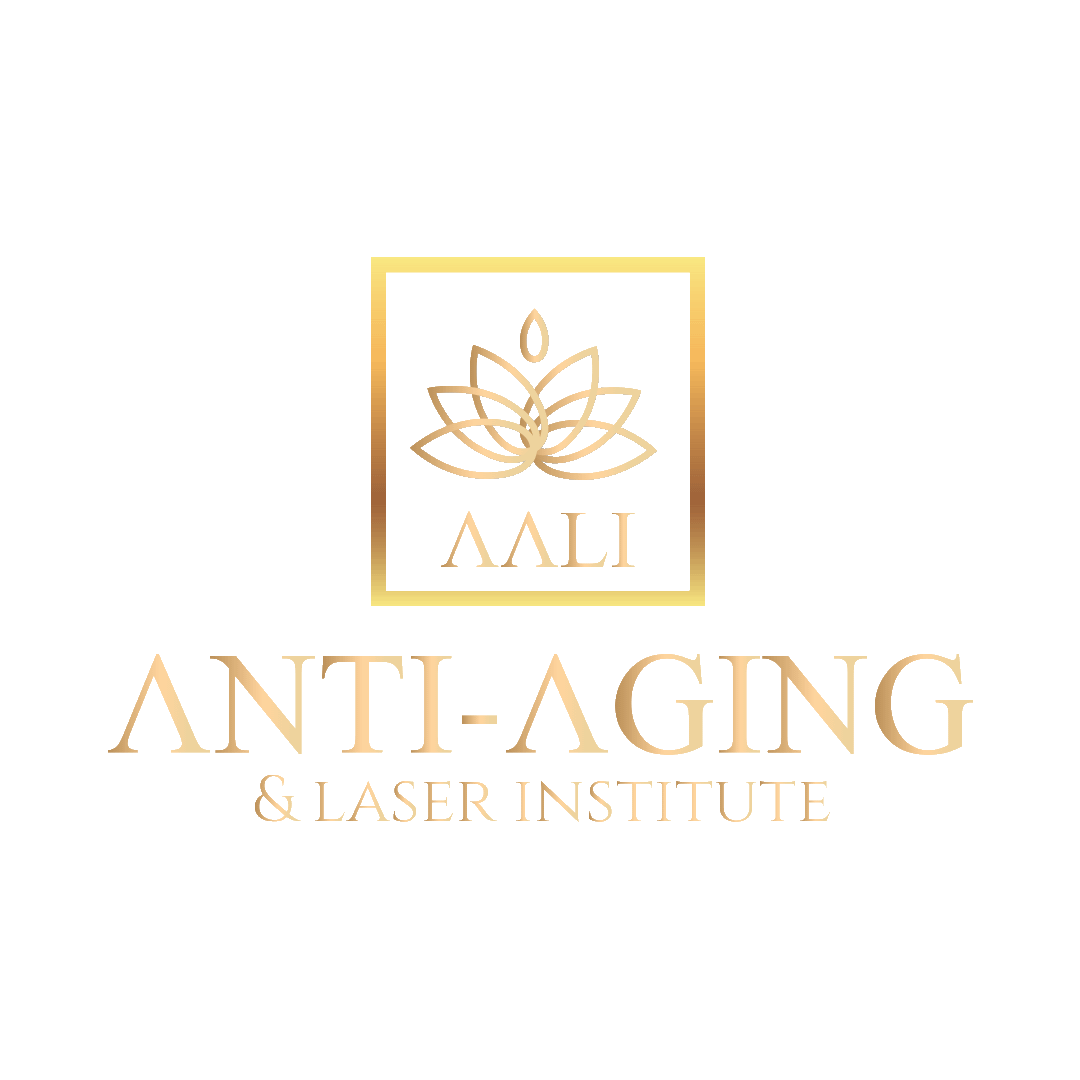As any doctor or clinical professional will agree, the safest and least invasive path to weight loss involves taking in fewer calories and burning more through exercise and diet adjustments. But there are a few problems with this simple equation. First, diet changes don’t provide the same results for everyone. Because every body is different, most of us do the best we can with lifestyle adjustments but are still left with stubborn pads of adipose tissue that don’t shrink beyond a certain point no matter how much time we spend at the gym.
And second, reducing calorie intake and increasing output will diminish the stored energy, or fat, in each of our body’s fat cells. But it can’t—and probably never will—reduce the actual number of those fat cells. Each cell is like a tiny storage unit, and as energy burns, the storage depletes. But the number of cells remain the same unless and until those cells are removed.
Liposuction is designed to work around our body’s energy storage system by breaking up and “sucking out” those excess cells. But while this procedure is tested, clinically proven, and far from new, it’s not pleasant. Traditional liposuction involves general anesthesia, like any form of invasive surgery. Recovery times can last weeks, and side effects can range from swelling to serious infection.
Is there a better and safer way to “melt off” or remove fat cells permanently? Yes!
Laser Assisted Lipolysis
Laser assisted lypolosis, also called laser assisted liposuction or lipotherme, accomplishes this goal with the help of intense light energy that liquefies fat in targeted areas. Heat, focused with laser precision, disrupts these cells without hurting cells in surrounding areas—including cells that signal pain. While the procedure is not pain-free, local anesthetic is typically sufficient, and most patients report no discomfort when they receive proper treatment from experienced professionals at a licensed clinic.
Even better: recovery times are very short, and most patients are able to resume all normal activities within just a few days. Better still: the results. With traditional liposuction, the aggressive act of cell removal can also damage connective tissue, nerves and blood vessels. But since laser treatments target fat cells only, the results are smoother and more contoured (not lumpy), and the skin in the area is left tight, youthful, healthy and unharmed.
Could laser assisted lipolysis be the right move for you? A consultation with our clinical team can help you find out. Contact our office with your questions.
